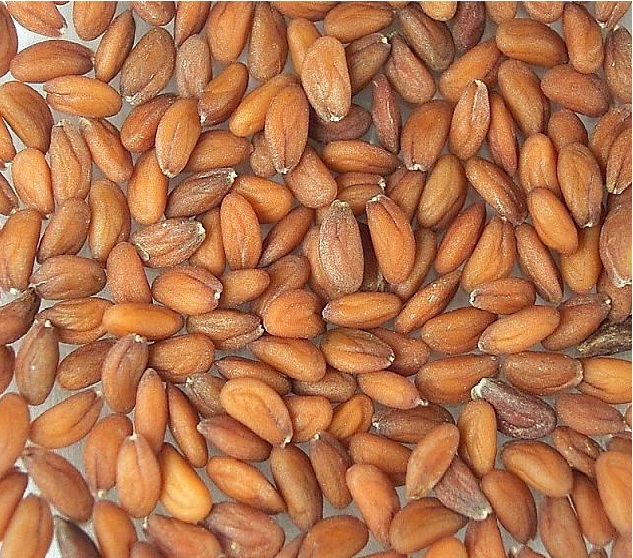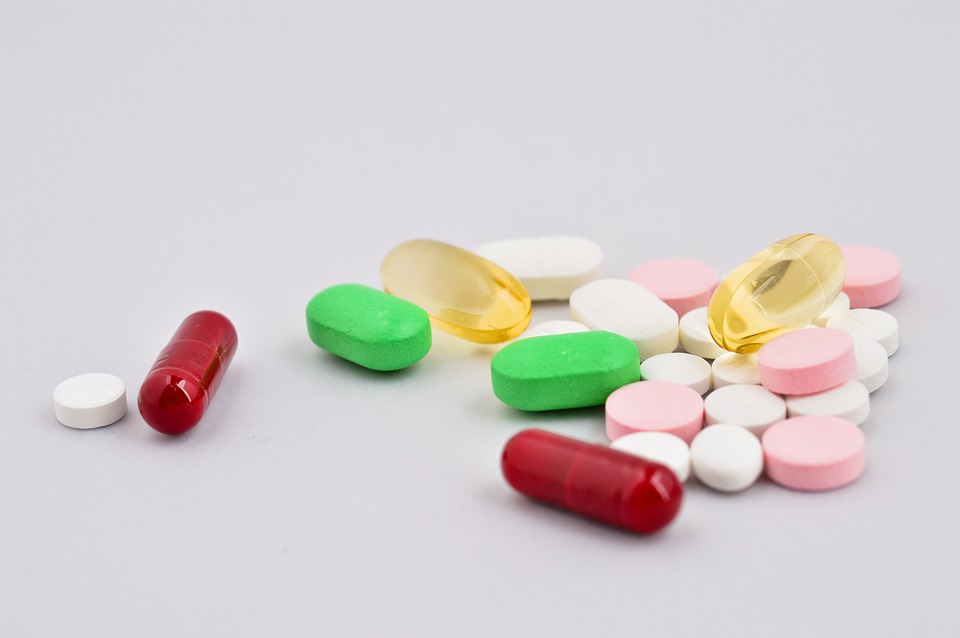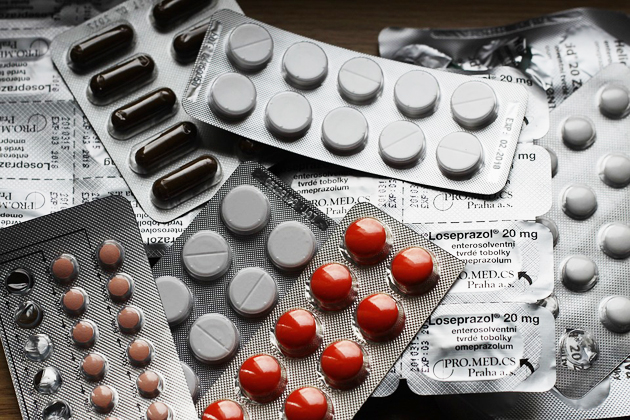
Market Research of Drugs Used as Laxatives
Laxatives (or purgatives) are foods, compounds, or drugs taken to induce bowel movements or to loosen the stool, most often taken to treat constipation. Certain stimulant, lubricant, and saline laxatives are used to evacuate the colon for rectal and bowel examinations, and may be supplemented by enemas in that circumstance. Sufficiently high doses of laxatives will cause diarrhea.
Whole 10 pages article is available for download at Repository of Faramavita.Net





